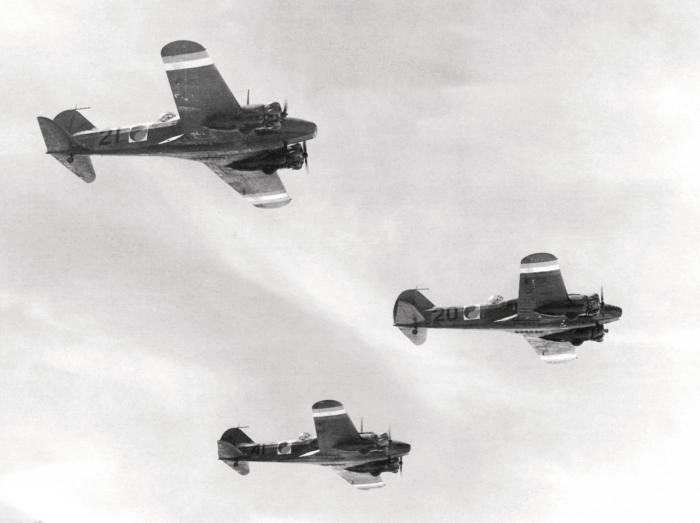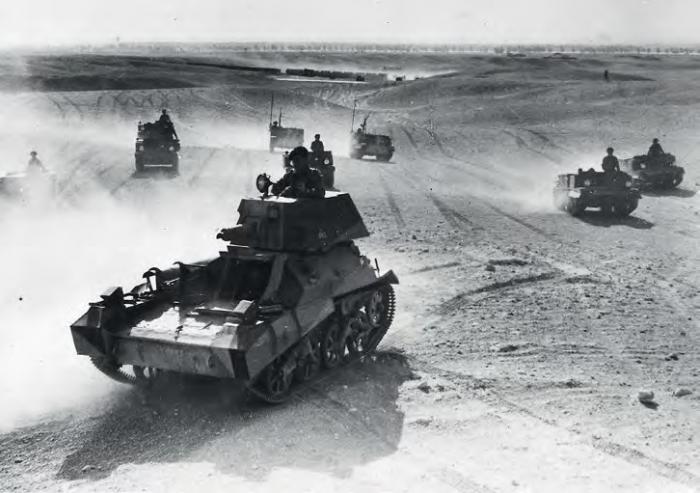Aircraft of the Irish Air Corps, 1939-1945
No. 5 de Havilland DH.98 Mosquito / Spioróg ('Sparrowhawk')

The Sparrowhawks were not the most numerous aircraft of the Air Corps - fewer than forty spread across two squadrons - but they performed more roles than any other. The de Havilland DH.98 Mosquito, the famed 'wooden wonder' was a true multi-purpose aeroplane and worked as a night fighter (it's original intended use by the Air Corps), reconnaissance aircraft, day fighter and light bomber.
First arriving in late 1942 the Spiorógs quickly gained a positive reputation among Irish aircrews; Captain Peter O'Hare (1920 - 2002) the second highest scoring Irish ace of the war earned all but three of his fifteen victories in a Spioróg. Fast, reliable and capable the planes outshone many of the other aeroplanes in Irish service. Initially kept at home to protect Dublin and Cork from night time bombing raids by the Luftwaffe by the middle of 1943 they found themselves repurposed with the planes of 203 Squadron sent to support the IEF during the Allied invasion of Sicily*. A bombing raid by nine Spiorógs that August badly damaged the Italian cruiser Luigi di Savoia Duca degli Abruzzi while she was at port and generally regarded as the first major independent strike by the Irish Air Corps in the war.
Admired as they were few of the aircraft survived the war in flying condition. Besides losses in action the strain of so much use wore heavily on them and by early 1944 they were relegated back to the home front. Still, except for the immortal Hurricaine / Cruidín no aeroplane in Irish service enjoyed quite such a romantic reputation.
* Besides 203 Squadron the Air Corps also dispatched three fighter squadrons to the Sicilian and (eventually) Italian campaigns.
No. 5 de Havilland DH.98 Mosquito / Spioróg ('Sparrowhawk')
The Sparrowhawks were not the most numerous aircraft of the Air Corps - fewer than forty spread across two squadrons - but they performed more roles than any other. The de Havilland DH.98 Mosquito, the famed 'wooden wonder' was a true multi-purpose aeroplane and worked as a night fighter (it's original intended use by the Air Corps), reconnaissance aircraft, day fighter and light bomber.
First arriving in late 1942 the Spiorógs quickly gained a positive reputation among Irish aircrews; Captain Peter O'Hare (1920 - 2002) the second highest scoring Irish ace of the war earned all but three of his fifteen victories in a Spioróg. Fast, reliable and capable the planes outshone many of the other aeroplanes in Irish service. Initially kept at home to protect Dublin and Cork from night time bombing raids by the Luftwaffe by the middle of 1943 they found themselves repurposed with the planes of 203 Squadron sent to support the IEF during the Allied invasion of Sicily*. A bombing raid by nine Spiorógs that August badly damaged the Italian cruiser Luigi di Savoia Duca degli Abruzzi while she was at port and generally regarded as the first major independent strike by the Irish Air Corps in the war.
Admired as they were few of the aircraft survived the war in flying condition. Besides losses in action the strain of so much use wore heavily on them and by early 1944 they were relegated back to the home front. Still, except for the immortal Hurricaine / Cruidín no aeroplane in Irish service enjoyed quite such a romantic reputation.
* Besides 203 Squadron the Air Corps also dispatched three fighter squadrons to the Sicilian and (eventually) Italian campaigns.



